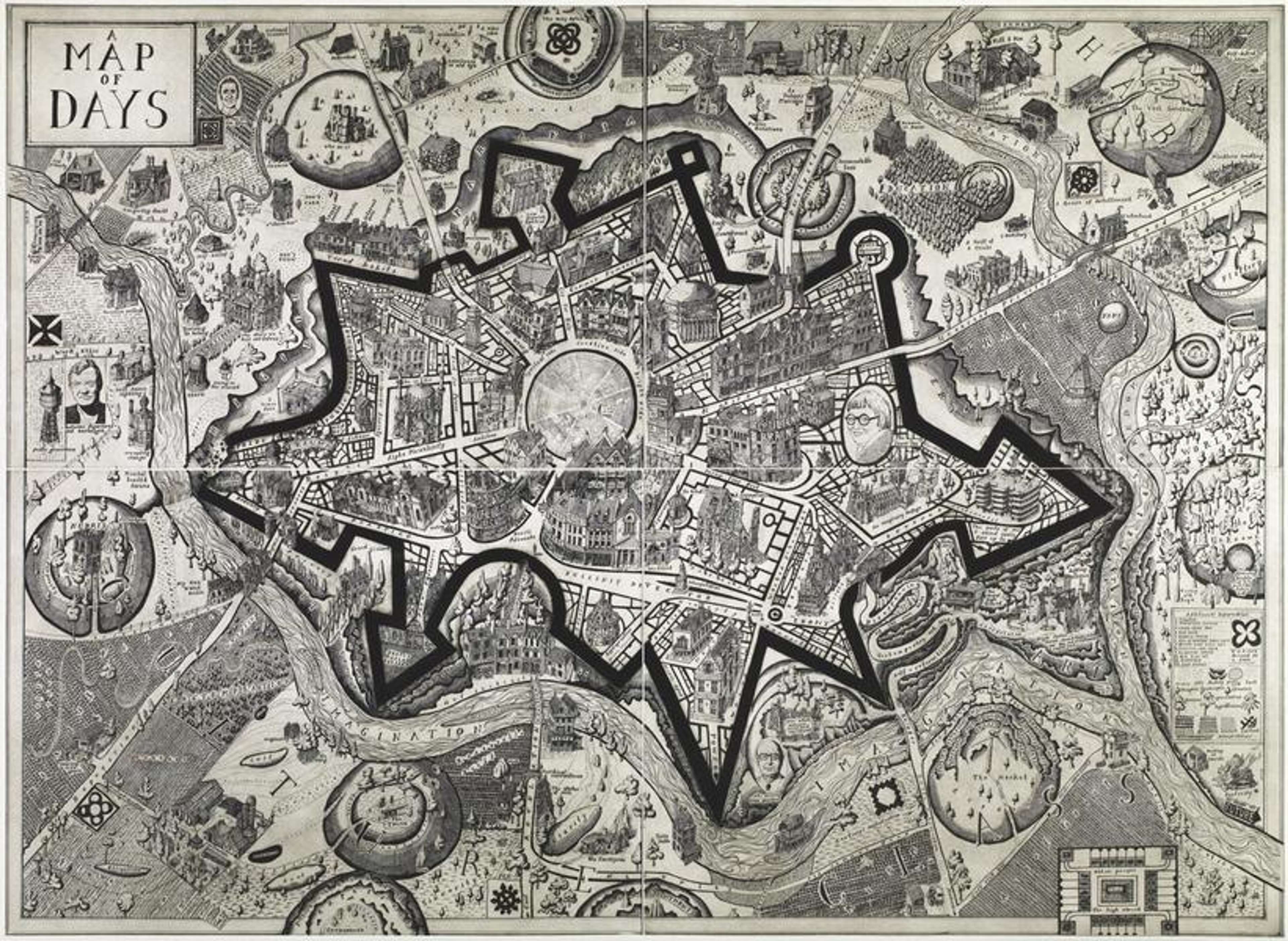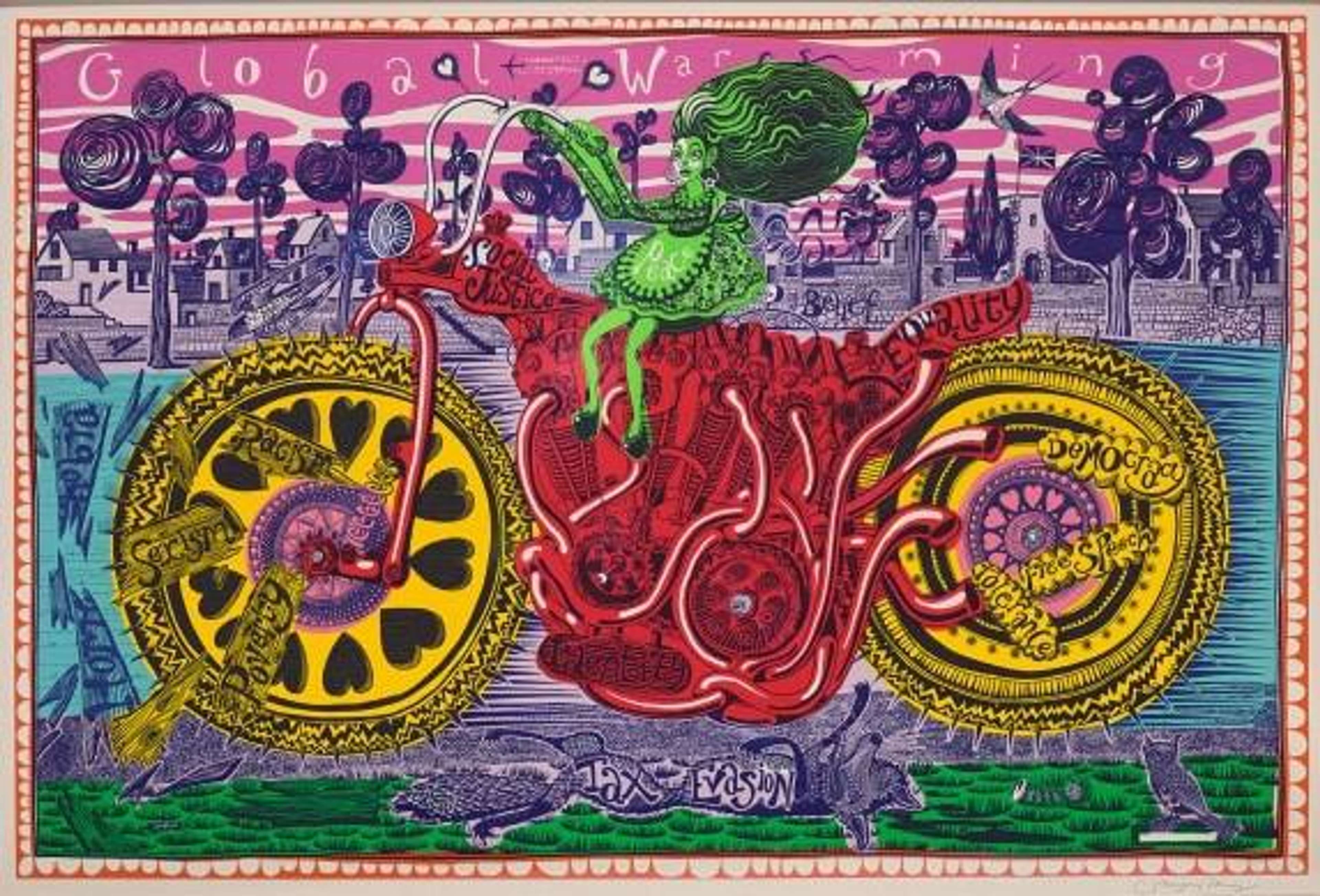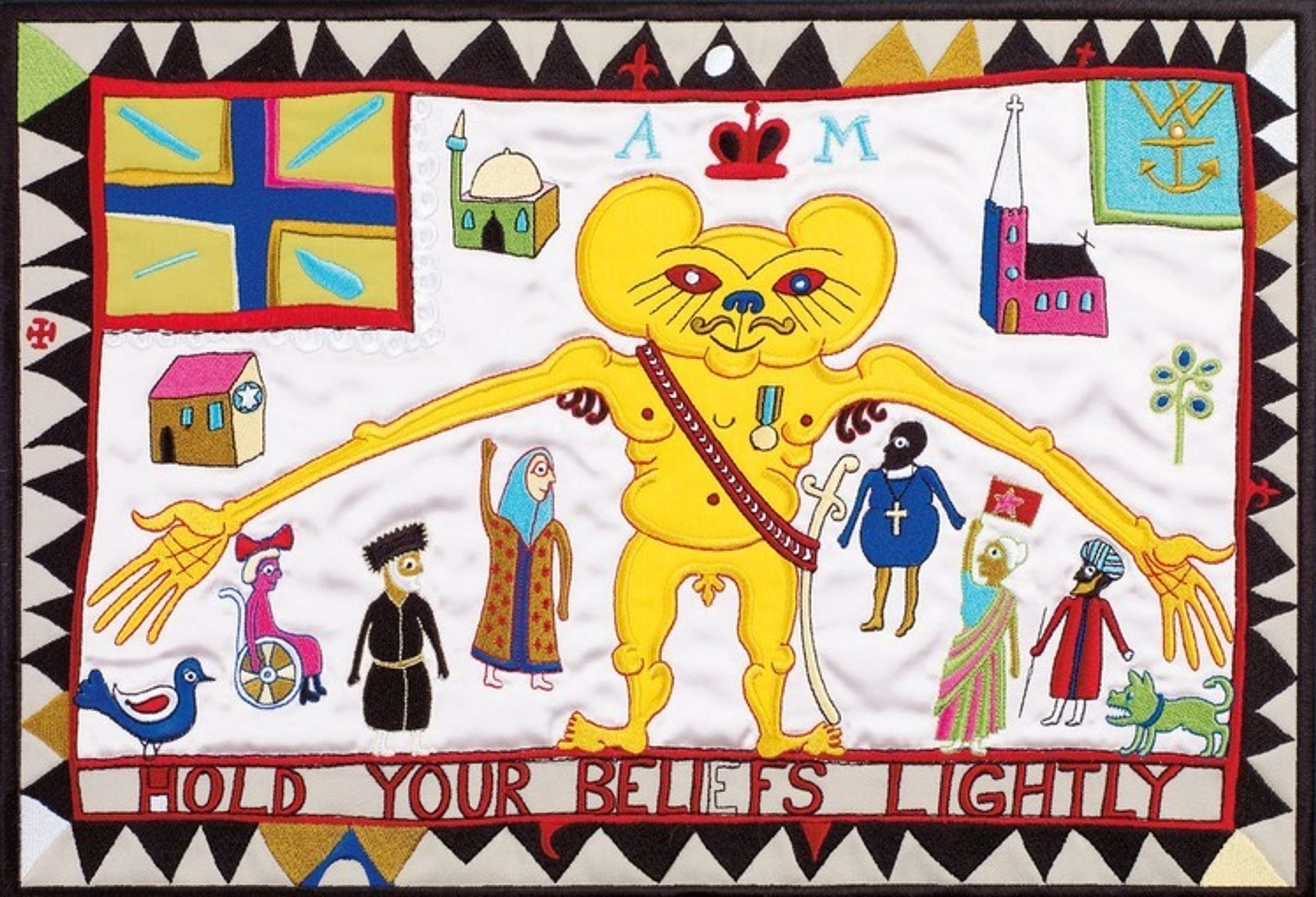We use cookies to provide you with the best experience on our site. Some are necessary to make our site work and others are optional, allowing us to analyse site usage, personalise content, and tailor advertising.Find out more in our Privacy notice.
The World's Largest Modern & Contemporary Prints & Editions Platform









